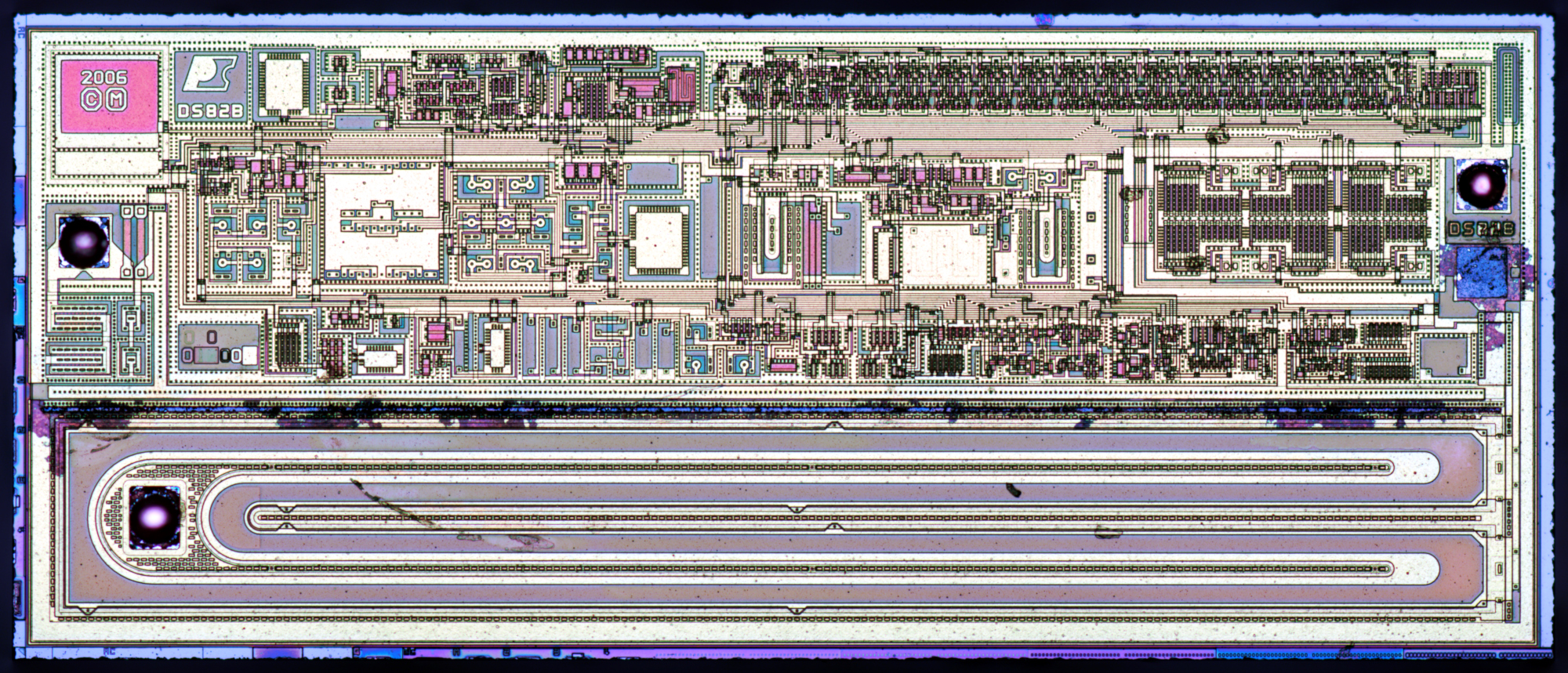Members can download this article in PDF format.
What you’ll learn:
- Details on basic battery ratings.
- Why are GaN chargers proving superior to other charger types?
Charging systems for electric vehicles (EVs) and hybrid-electric vehicles (HEVs) are, of course, crucial for powering batteries and ultimately having them operate efficiently. They can be divided into two main categories: off-board charging systems and on-board charging systems.
Types of batteries that can’t be charged:
Non-rechargeable batteries, also known as primary cells, are designed to be used once and then discarded:
- Classic-style lead-acid batteries can power an electric motor, scooter, or bicycle, etc.
- Alkaline batteries (Kirkland has the AA and AAA versions)
- 9-V Duracell batteries
- C batteries
- Lithium batteries aren’t rechargeable (primary cell) and use metallic lithium in the electrodes
Types of batteries that can be charged:
This class of battery is able to be recharged and used multiple times, making them a more cost-effective and environmentally friendly option in the long run. Equipment that typically contains rechargeable batteries include:
- The lithium-ion battery, a secondary cell, for iPhones, computers, and EVs. These batteries use a non-metallic compound of lithium ions. They’re lighter and more energy dense, plus they have a higher charge density than lithium batteries.
- Lead-acid batteries
- Nickel-cadmium (NiCd) batteries
- Nickel-metal-hydride (NiMH) batteries
Understanding Battery Ratings
The lead-acid battery lists the voltage level, e.g., 12 V (be sure the battery charger is rated for 12 V), and the amp-hour (Ah) rating, e.g., 7 Ah/20 HR. This indicates the capacity of the battery. Now, divide 20 by 7 and we get the amount of amps that can discharge in 20 hours.
Or take a lithium-ion battery that’s 36 V (again, be sure the battery charger is rated for 36 V) and 30,000 mAh. It’s a bit larger than the lead-acid battery. This is a battery pack that contains multiple individual cells in parallel with series connections to achieve the voltage and amp-hour rating. Circuitry inside the battery pack includes terminal wires, mostly with a connector, in addition to a wired charging terminal.
There are various kinds of chargers. Smart chargers have electronic components to charge the battery safely, with the ability to stop charging when the battery reaches a certain level. Usually, the battery charger has a red indicator light for charging and a green light when the battery is fully charged. Most chargers plug into standard electrical outlets having 100 to 240 V @ 50/60 Hz. The charger outputs will be in amps.
Shallow discharges and recharges are much better than full ones because they put less stress on the battery and thus can last longer. When the battery is discharging, Battery University recommends that you only let it reach 50 % before topping it off again. When charging it back up, avoid pushing the lithium-ion battery all the way to 100%.
Advantages of GaN Chargers
Gallium-nitride (GaN) battery chargers are typically smaller than most chargers in the industry. That’s because they can conduct much higher voltages over time than their silicon counterparts. Capacity typically ranges from 20 up to 300 W.
GaN chargers are also more efficient at transferring current, which means less energy will be lost to heat. And, consequently, more energy will go to the equipment being charged.
GaN chargers also have a higher switching frequency, enabling a quicker wireless power transfer. GaN semiconductors typically cost more than silicon. But thanks to improved efficiency, there’s less dependence on additional materials, such as heatsinks, filters, and other circuit elements. This may also lead to cost savings of 10% to 20%. The figure shows an example of Texas Instruments’ GaN-based onboard charger.
Read more articles in the TechXchange: Gallium Nitride (GaN)






